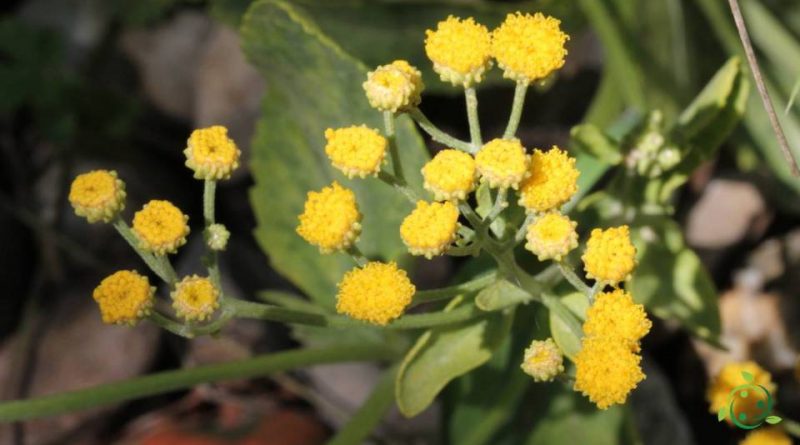How St. Peter’s Wort is propagated
How St. Peter’s Wort is propagated
St. Peter’s Wort (Tanacetum balsamita L.) is a herbaceous plant of the Asteraceae family native to western Asia. In Italy it is cultivated and rarely rewilded in the gardens.
The cultivation of St. Peter’s herb is not widespread but still present in various crops especially for medicinal purposes.
The cultivation of this plant can be done both in the ground and in pots.
For its propagation technique, bear in mind that it is a rhizomatous plant whose height varies from 60 to 120 cm. Although quite rustic, it prefers temperate climates, adapts to poor soils, requires little water, hates stagnant water like all aromatic herbs and prefers to be grown in partial shade.
Furthermore, it should be taken into account that this plant hardly reproduces by seed because they are often sterile and with poor germination capacity.
Propagation –
The propagation of St. Peter’s Wort, although possible by seed, for the aforementioned reasons takes place by dividing the tufts.
The optimal period to carry out this operation can be both autumn and not too late spring.
The technique consists in dividing the tufts into several portions to be replanted directly in the ground or in other pots.
Immediately after the division of the tuft and the planting it is advisable to irrigate frequently, but without causing stagnation, for about two weeks, after which the irrigations must have a lower frequency.
In the cultivation in the open field then it should be taken into account that the plant, spontaneously, by means of its rhizomes, will widen around.
For the details of the cultivation technique, please refer to the following sheet.

